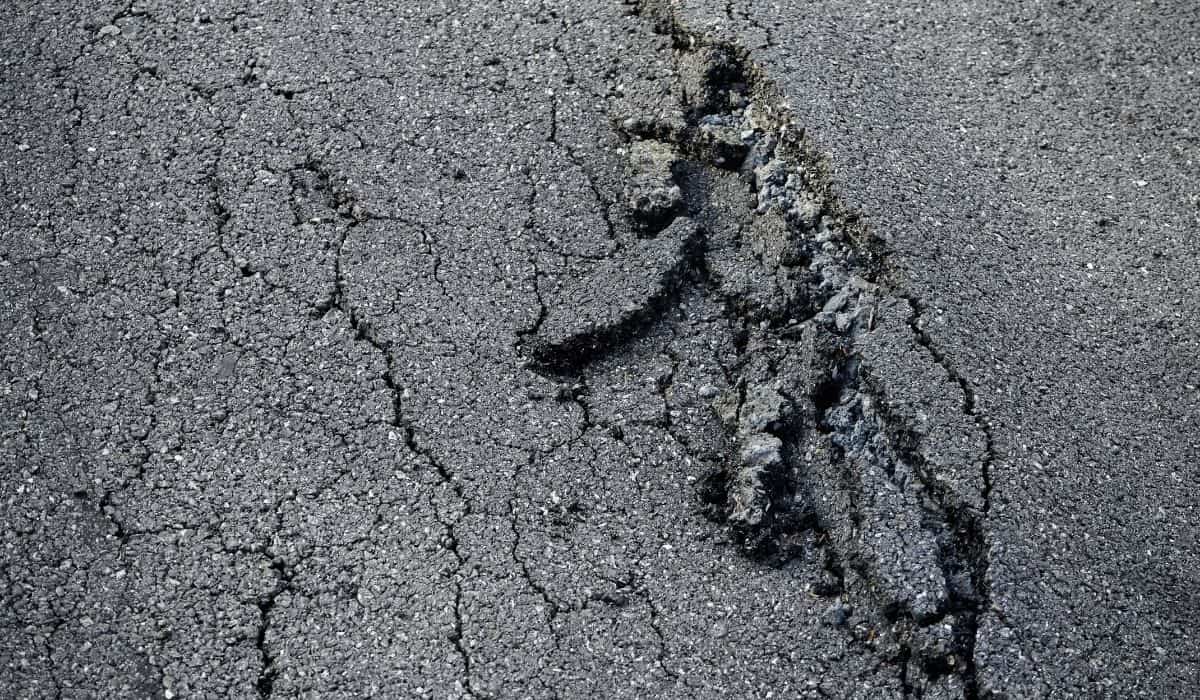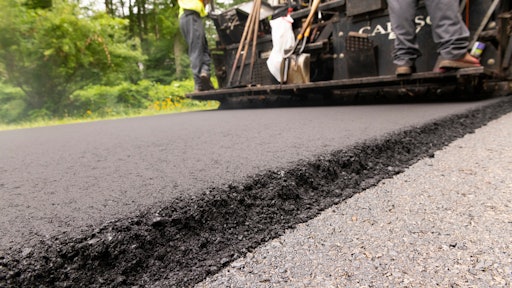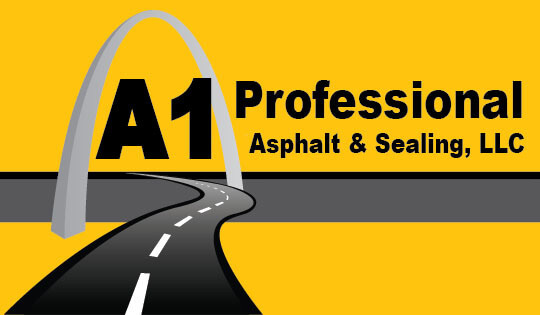A1 Professional Asphalt & Sealing Llc Fundamentals Explained
Table of ContentsThe Definitive Guide to A1 Professional Asphalt & Sealing LlcThe Definitive Guide for A1 Professional Asphalt & Sealing LlcLittle Known Questions About A1 Professional Asphalt & Sealing Llc.The Best Guide To A1 Professional Asphalt & Sealing LlcLittle Known Facts About A1 Professional Asphalt & Sealing Llc.
In its make-up, asphalt is composed mainly of Asphalt integrated with various sorts of aggregate, such as sand or gravel. Pavement, on the other hand, is a kind of concrete that has accumulations, cement, and water. what is cold asphalt?. Depending upon the place and usage of the used sidewalk material, a mixture of different chemical admixtures might be included in make it extra durable
What is the difference between asphalt and blacktop driveways? Blacktop is a mix of stone, sand, and crushed rock covered with asphalt. Blacktop is developed to produce an even surface area due to its boosted resistance to weathering and ability to birth heavier tons. What is the difference in between asphalt concrete pavement and concrete? Pavement can be made of either asphalt or concrete, with asphalt being smoother and more durable due to its binder, while concrete hardens with the treating process yet often tends to put on down in time because of weathering.
A Biased View of A1 Professional Asphalt & Sealing Llc
Just how do I preserve my asphalt driveway? The most crucial component of maintaining an asphalt driveway is making sure it's properly secured.
These should be removed and filled in asap. Frequently move away any kind of loosened rocks, dust, or vegetation to avoid more damages from happening. Asphalt and pavement are standard components on roads almost everywhere. Regardless of their similarities, these two products have some important distinctions that make each suitable for various circumstances.
Understanding these distinctions can help make certain a suitable choice is made when selecting a surface area remedy. You can learn more posts similar to this one below.
The Best Guide To A1 Professional Asphalt & Sealing Llc
Recently, State freeway companies and FHWA were impressed by an exploration: The private use of re-refined engine oil bases in asphalt is prevalent. Simon Hesp, Queens College (Kingston, Ontario) Asphalt is the sticky black residue that is left over from the processing of crude oil. It has been made use of in leading for greater than a a century.

The asphalt, which works as the sidewalk's binder, is likewise one of the most pricey component of the cost of the material for leading roads. The weight of an asphalt sidewalk differs relying on the accumulation type, the asphalt, and the air space material. Utilizing a typical instance of 112 pounds per square backyard per inch of thickness, a 1-mile (1.6-kilometer)-long, four-lane freeway with a 4-inch (10-centimeter) lift and 12-foot (3.6-meter)-wide lanes evaluates about 6,300 lots (5,700 metric lots).
The 300 lots of asphalt in 2002 would certainly have cost around $48,000. By 2006 this would have boosted to $96,000 and by 2012 to $183,000. That is an increase of concerning $135,000 for each mile of freeway in just 10 years. The rising cost of asphalt had a major impact on the cost of constructing pavements, which increased rate of interest in finding methods to minimize costs.
3 Easy Facts About A1 Professional Asphalt & Sealing Llc Shown
RAP currently has asphalt, albeit aged material that does not have the same homes of fresh asphalt. Throughout a corridor conversation at a 2010 technical meeting, Matt Mueller, then a State designer of materials from Illinois, exposed that his department of transport had actually located phosphorous in among the asphalt binders it was buying.

The supplier rejected including PPA, yet declined to reveal what had actually been added to the binder. When pushed by the department of transport, the vendor exposed that it was adding what it called an asphalt extendernow known to be re-refined engine oil bottoms (REOB). REOB includes a percentage of phosphorus, which is what division chemists originally recognized.
"Nobody knew this product was being added to asphalt, had actually seen any type of study on just how this could impact performance of hot-mix asphalt pavements, or recognized for how much time and exactly how commonly it was being utilized throughout the country," claims Mueller. After discussions at the technological meeting, he claims, "It promptly went i was reading this from being just an issue in Illinois to coming to be a national and worldwide issue." Part of the mission of the Chemistry Laboratory at TFHRC is to develop brand-new test methods.
The residential or commercial properties of asphalt binders differ widely depending on the resource of the crude oil and the refining procedure utilized. For low winter temperature levels, softer asphalts are needed to prevent splitting.
Some Ideas on A1 Professional Asphalt & Sealing Llc You Should Know
A maker called a vibrant shear rheometer (DSR) was introduced to the market during the Strategic Freeway Research study Program's research study task, which ranged from 1987 to 1992. The DSR is now the sector standard for determining the viscoelastic properties of paving asphalt. Nevertheless, the equipment was not created for the paving sector.
The DSR makes it possible for item developers to create tooth paste with the best consistency so that it can be squeezed from a tube but not drop off the tooth brush. The DSR examinations binder positioned in between two parallel plates about the dimension of a quarter. One of the plates moves and the device measures the viscoelastic homes of the asphalt.